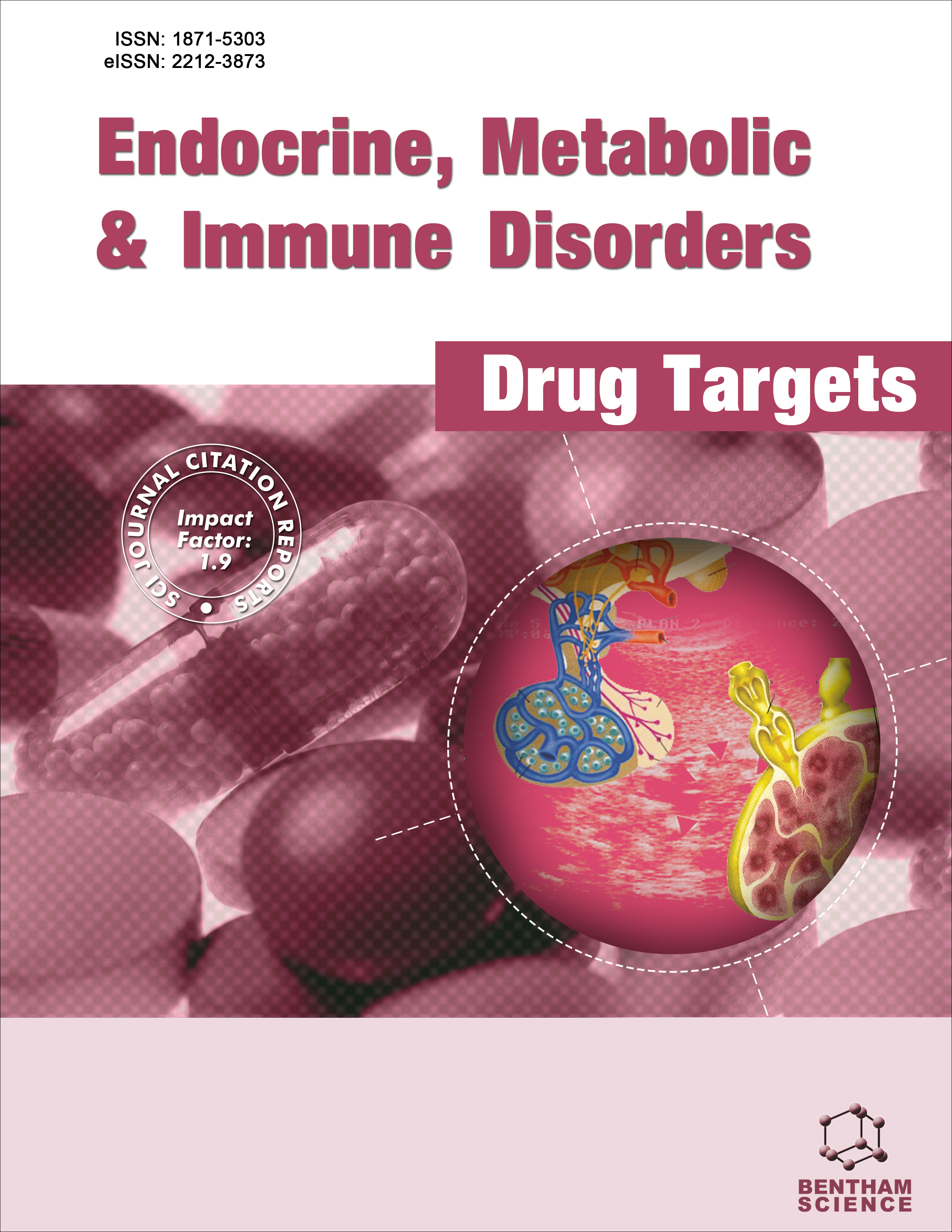
Full text loading...
We use cookies to track usage and preferences.I Understand
Panax ginseng is one of the most important remedies in ancient Eastern medicine. In the modern Western world, its reputation started to grow towards the end of the XIX century, but the rather approximate understanding of action mechanisms did not provide sufficient information for an appropriate use. Nowadays, Panax ginseng is frequently used in some pathological conditions, but the comprehension of its potential beneficial effects is still incomplete. The purpose of this study is to highlight the most recent knowledge on mechanisms and effects of ginseng active ingredients on the intestinal microbiota. The human microbiota takes part in the immune and metabolic balance and serves as the most important regulator for the control of local pathogens. This delicate role requires a complex interaction and reflects the interconnection with the brain- and the liver-axes. Thus, by exerting their beneficial effects through the intestinal microbiota, the active ingredients of Panax ginseng (glycosides and their metabolites) might help to ameliorate both specific intestinal conditions as well as the whole organism's homeostasis.

Article metrics loading...

Full text loading...
References


Data & Media loading...

